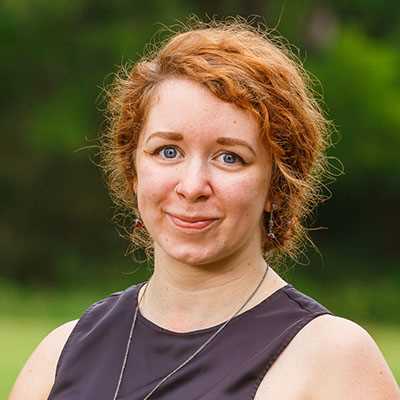The transboundary aquifers shared by the United States and Mexico are now included on the official global map of transboundary aquifers, thanks to new research by Texas Water Resources Institute (TWRI) senior research scientist Rosario Sanchez, Ph.D., and TWRI graduate research assistant Laura Rodriguez.
The map, which is updated every five years, is published by the International Groundwater Resources Assessment Centre (IGRAC), the international groundwater center of the United Nations Educational, Scientific and Cultural Organization (UNESCO).
Having a complete map of transboundary aquifers makes it possible to visualize groundwater, a vital resource. Being able to visualize groundwater is in turn a huge step towards better understanding and management of aquifers, said Sanchez, who is also the director of the Permanent Forum of Binational Waters.
“There’s no other way to see aquifers or their limits if you don't produce a vision of it, an image of it. How do you actually start looking at management or planning policy for groundwater across boundaries, if you don't know how far it goes? And the only way to know it is — you have a map, you need to have a map,” Sanchez said.
Sanchez and Rodriguez’s recent additions to IGRAC’s global map come from two different studies, one published in 2021 and one published in 2018. That work was built on an initial assessment of U.S.-Mexico transboundary aquifers published by Sanchez and others in 2016.
Developing the maps was no easy feat. When Sanchez began studying transboundary aquifers, information about them was “scarily limited,” she said.
“If you looked at geological maps of the border, they all stop at the border,” she said.
The data that did exist came from four different states and two different countries, all of which delineate aquifer boundaries differently. Mexico uses administrative boundaries, while different U.S. states use basin, watershed and geological boundaries. Geological boundaries “are the true boundaries of an aquifer system,” Sanchez said.
“So the next effort was, okay, we're going to develop our own methodology that could be applicable to all transboundary units or aquifers across the border, not just for one country, not just for one state. We're going to follow the physics of it and forget about the border,” she said.
To gather the necessary data, Sanchez and Rodriguez pored over massive amounts of literature, sometimes from as far back as the 1800s. They compared geological units across all the borders and figured out how to combine datasets with different nomenclatures, criteria and methodologies.
“Imagine that process over the last 10 years, for each hydrogeological unit. We have 72 hydrogeological units between Mexico and the U.S. — 72! But from those 72, not all of them are good aquifers or have aquifer potential. From those 72, only 28 have good aquifer potential and good aquifer quality,” Sanchez said.
Not long after the final maps were forged together and published in June 2021, IGRAC reached out about including Sanchez and Rodriguez’s data in the global map of transboundary aquifers. Sanchez was elated.
“And then — da-dum! IGRAC included all of it. I mean all the boundaries, all the aquifers that you see in that map between Mexico and the U.S., those are all our boundaries,” she said.
Now that the updated map is out there, Sanchez said it’s time to use all that data to answer questions about groundwater use and management.
“How much water are we actually pumping? What are the vulnerabilities of those aquifers? How many communities are depending on that? What alternative resources do we have? What’s the water quality of that aquifer?” she asked.
“You cannot get to those questions without knowing how many aquifers there are or what their limits are.”
Sanchez said that answering those questions is only becoming more important as climate change and population growth make water availability less certain.
“We need to build on our resilience capacity. Groundwater is key for building resilience in water resources systems because groundwater is part of the water cycle. It’s connected to surface water, but we tend to forget that at the management and governance interface. So it is time to start planning on more integrative approaches of surface and groundwater as part of the same system,” she said.
To help with that planning, Sanchez and Rodriguez have made the somewhat unorthodox decision to make their data openly accessible via the Transboundary Water Portal.
“Sharing data is an issue, especially when it comes to groundwater on the border. It’s very sensitive; nobody likes to talk about it,” she said. “It's a powerful thing, being able to tell, hey, you're pumping 10, and I'm pumping five, so what do we do? Nobody likes to answer this question.”
Sanchez hopes that by making their transboundary research data available and included in IGRAC’s map, they can help “break that trend of distrust” of data sharing.
“IGRAC’s map helps get this data where it needs to be and be useful, not just publish and get it in a new journal article, and that's it,” she said. “Now it's being used by international organizations, where countries can draw upon it. And that's the whole purpose of what we do.”


